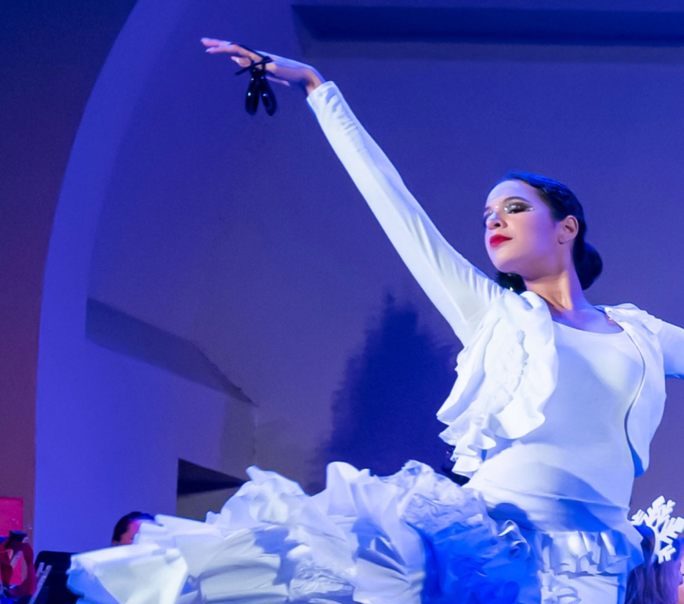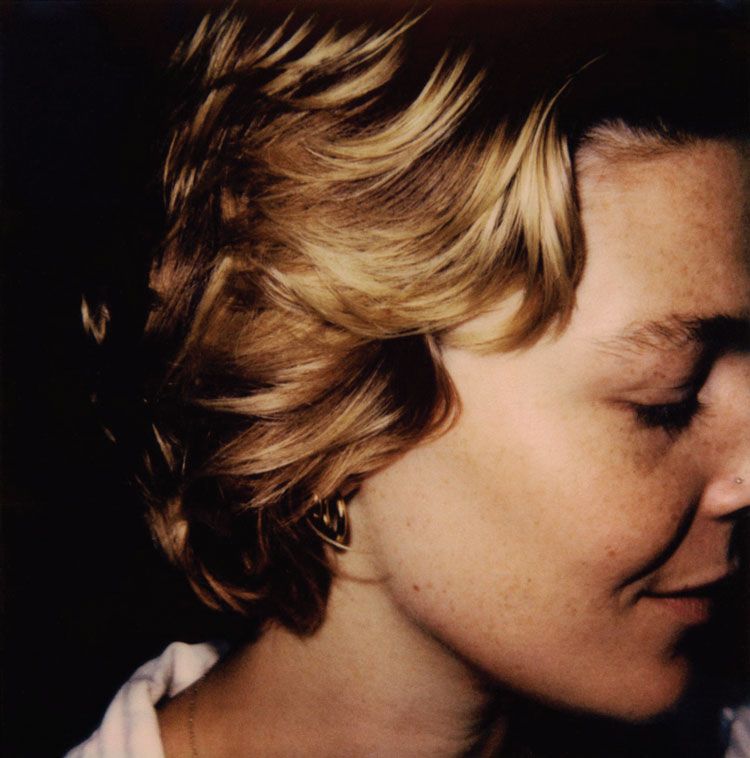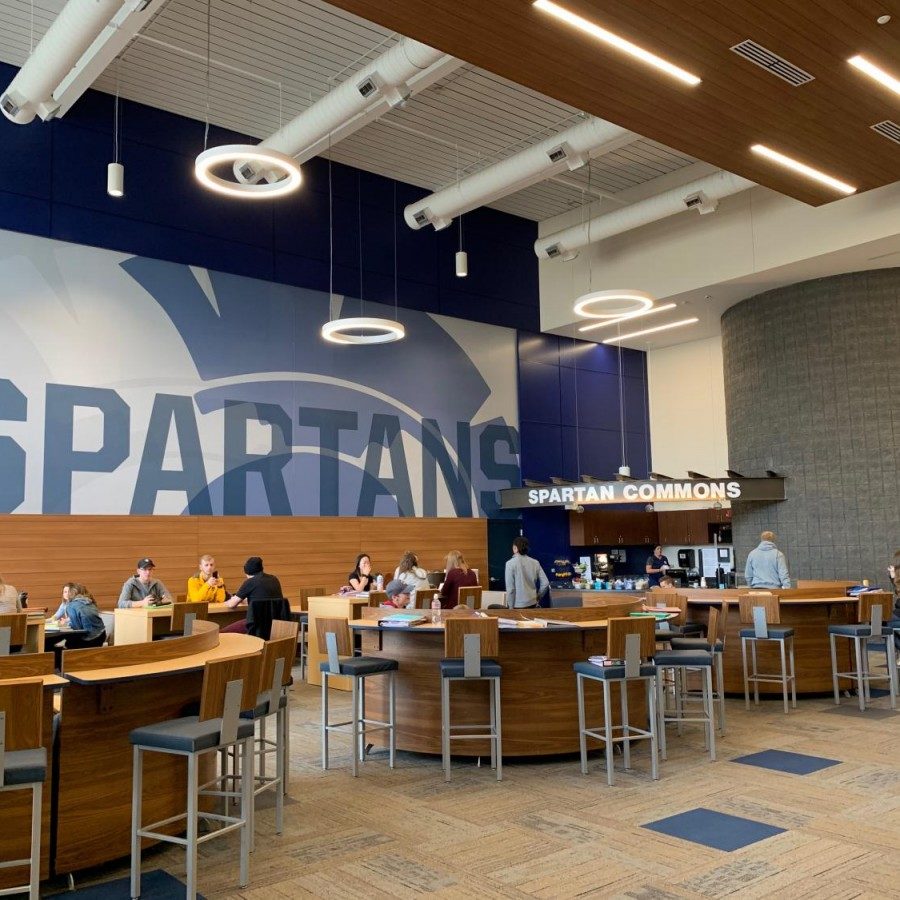By Allisa Pandit, with introduction and conclusion by Jayne Abraham
For most people, adolescence is defined by lack of consequence, leaving many young people to feel invincible, immortal even. Growing up is often associated with making seemingly trivial mistakes, and as far as development is concerned, this is typically seen as a positive thing.
Online database Britannica outlined the study of deviant behavior. “French sociologist Émile Durkheim viewed deviance as an inevitable part of how society functions…and [as] a way of defining or clarifying important social norms.” This concept extends to youth, as well.
But while deviant behavior may be important, at what point can the line be drawn? After all, young people cannot go on believing they are invincible forever, and a slap on the wrist will not always be the only consequence. So that begs the question: What happens when consequence meets adolescent perceptions of invincibility?
Racism at PV
In January of 2020, an inherently racist video was posted on TikTok by two white PV students. The two were depicted as a slave and slave owner while lyrics repeating “I hate n******” echoed in the background. Student 1, wearing blackface, was depicted as a slave picking cotton off the student’s bedroom floor while Student 2, portrayed as a slave owner, beat Student 1 with a golf club. Both are seen laughing throughout the video.
After the video was released, administration’s assignment of any disciplinary consequences for Student 1 and Student 2 were handled privately. Due to the Family Educational Rights and Privacy Act (FERPA), PV administration cannot disclose those consequences.
Perhaps the TikTok video was even more disturbing because it is not the only racially-charged offense the school has seen in recent years. Back in 2019, swastikas and antisemitic rhetoric were found etched all over the boys’ bathroom and on desks in the commons. Although a powerful statement went over the intercom regarding the school’s zero tolerance for hate speech, many were left believing the consequences for the students involved were disappointing.
English teacher Kevin Gaffney shared his memory of this incident. “We were told that those responsible would be punished as severely as possible and a significant reward was offered for students to use P3 to report information regarding the acts,” he said. “After that, silence. There was no follow-up to students or faculty about the incident and everything just kind of faded away as the year ended. Many students and staff felt that the lack of closure to the incident might embolden similar acts in the future.”
Throughout their high school careers, various PV students have faced the uncertainty of whether they would be treated with contempt on the basis of their race. Senior Mingma Sherpa started her first year at PVHS this year, not expecting to face the dreadful incident she did. As she headed towards the commons, a student kept staring at her. As she continued walking, he ran up to her and screamed “ching chong, ching chong,” an ethnic slur used to mock the Chinese language, despite Sherpa being Nepali.
Sherpa decided to file a complaint to the PV administration before first period began that day. During fourth period, she was called down to the office by an administrator. The administrator simply gave her an apology note written by the perpetrator and told her the boy’s parents were notified. She was left unaware of any further consequences.
“I felt out of place and so uncomfortable,” Sherpa said. “Especially because all of the staff members were white too, so it felt like no one understood what I was going through.”
The atmosphere at PV has been nationally acclaimed for accepting and celebrating diversity, yet students have faced a number of challenges simply because of their race. Sherpa argued that students should not feel apprehensive about going to school to get an education.
When the racist video made by Student 1 and Student 2 resurfaced in early 2022, many at PV were enraged over the blatant racism and lack of consequences that followed the making of this video. Parents of an unnamed student took this matter to court to pursue a lawsuit against the school.
The lawsuit
Louis Brown and Monisa Holton-Brown, parents of a Black student at PVHS, have filed a lawsuit claiming Pleasant Valley Community School District (PVCSD) failed to protect their student from intimidation and threat of violence.
While news of this lawsuit against the PVCSD beset the school’s hallways, the legality of the case has hardly been discussed.
The defendants named include the following institutions and individuals: PVCSD, PVCSD Board of Education, superintendent Brian Strusz and PVHS principal Darren Erickson.
Throughout the case, Strusz and Erickson are the only defendants being sued beyond their official capacity. The question remains: So why are they the only ones being sued at an individual level?
The concept of a respondeat superior holds the idea that employers are liable for an employee’s unjust actions when such actions occur within the workplace. In this case, the employers are Strusz and Erickson, and the employees are the administrators who decided Student 1 and Student 2’s punishment.
The plaintiffs are filing the lawsuit on several grounds, the first four counts under the tort of negligence and the remaining three counts under intentional infliction of emotional distress and claiming damages.
With a total of seven counts, the first count discusses the liability of physical and emotional harm. In other words, it accuses the school of not addressing the video in an adequate manner during its initial surface on TikTok in January of 2020. The second count considers the time elapsed between Feb. 1, 2020 to present day, calling out PVHS for not taking action during the stated time period.
Erickson commented on why parents were not informed about the video when it was first brought to the attention of the PV administration. “Because of the size and scope of the video. We get a lot of things that come in, we didn’t want to promote this anymore; we don’t want that video in existence. We can only operate under what we know.”
He continued, “We did not want that video to be anymore widespread for every party involved, so we looked at the information we had and thought that for the sake of everyone if this were not displayed or promoted or anything, it would be in everyone’s best interest.”
Eventually, on Dec. 7, 2021, a Pleasant Valley eNews was sent out to inform parents of the creation of the video in January of 2020.
Under the same circumstances, the third count reinstates the tort of negligence when the video resurfaced and PVHS failed to take proper action once again. The last count under negligence addresses the failure to notify parents regarding the racist video.
The fifth count falls under the tort of intentional infliction of emotional distress, and the sixth and seventh counts concern civil damages. The sixth and seventh counts consider the imminent legal claim of the case: the loss of consortium. The claim alleges that the Browns experienced a deprivation of familial relationship after the video was posted. The sixth count focuses on the parents losing their relationship to their child through emotional distress, and the seventh count rehashes the child losing their relationship to their parents on the same rationale.
All seven counts, both unintentional and intentional, deliberate the motive of the lawsuit.
If the plaintiffs were to win the case, they would ultimately ask for monetary damages: compensation for injured parties. Monetary damages, in this case, include both compensatory damages and punitive damages. The first asks for compensation with an exact calculation/value of damages directly resulting from the torts, and the latter is awarded when the defendant’s behavior is found to be especially harmful. Under these circumstances, PVHS would be punished by having to compensate in the form of monetary payment and pay the attorney fees of the Brown family.
The Brown family explained that the focus of the lawsuit is not necessarily the racist content of the video; rather, the lawsuit’s intent is to convey the failure of PVCSD in taking care of the student body for which it is in charge of.
“Parents were not afforded the ability to provide guidance to their children relating to this matter because PVCSD made the conscious decision to not share information and knowledge of the video,” the Browns said. “Those tasked with protecting and promoting the best interests of ALL students in their care need to be accountable for their lack of action regarding this video and held responsible for the emotional damages their failure has caused, in failing to protect all students of every race.”
The family shared that when they met with Strusz regarding the video, they felt his statement primarily discussed his concern for Student 1 and Student 2, disregarding the significant impact daily racism imparts on students of all ethnic groups at PV.
The district’s point of view, however, is that it’s responsibility is to provide safety to all Pleasant Valley students—and that includes Student 1 and Student 2.
Strusz provided a statement saying the abhorrent video proves that the district still has much work to be done. “As a district, events like this, whether occurring in school or outside of school, emphasizes the work we continue to have to do to create an inclusive environment where all students feel safe and respected no matter the basis of race, color, national origin, sex, disability, religion, creed, sexual orientation, gender identity and socioeconomic status,” he shared.
Strusz said the district cannot comment on the specifics of the litigation.
What’s next?
As a product of all the chaos surrounding the lawsuit and the racist TikTok video, administration attempted to reach out to students. Erickson deemed this a priority. “I know we have some ideas; we have some groups in organization with our building that are working on the overall climate and culture,” he said.
Associate principal Jason Jones, another member of administration, has attended several meetings at clubs concerned with diversity and inclusion such as A Positive Place Club. Junior Leila Assadi is an avid member and explained that while it is important for such clubs to work with administration, there are still limitations. “Our school has groups like A Positive Place that try to promote positive change, but there is only so much a group of students can do,” she said. “We’ve been talking a lot about empathy recently, and I think that if students voiced their opinions and thoughts to the staff and admin, it would lead to more positive change.”
While individuals and clubs have attempted to conjure up a one-size-fits-all solution to racism in this building, it has proven to not be so simple. Regardless of the result of the lawsuit, racism – overt or not – will likely still run rampant in this school as it cannot be solved on a case-by-case basis but, rather, by implementing real change.
But what does real change look like? In a majority white school district, how can a standard for acceptance and inclusion be set?
At the crux of students’ perceptions of invincibility and the responsibility of administration to enforce rules and condemn discrimination lies the question of how meaningful change can be implemented. So whether students, staff and the larger PV community are satisfied with administration’s response or not, perhaps the most important step is action – however that may look.
At Pleasant Valley High School and beyond, being idle is no longer an option.
This story was originally published on Spartan Shield on January 29, 2022.































![IN THE SPOTLIGHT: Junior Zalie Mann performs “I Love to Cry at Weddings,” an ensemble piece from the fall musical Sweet Charity, to prospective students during the Fine Arts Showcase on Wednesday, Nov. 8. The showcase is a compilation of performances and demonstrations from each fine arts strand offered at McCallum. This show is put on so that prospective students can see if they are interested in joining an academy or major.
Sweet Charity originally ran the weekends of Sept. 28 and Oct. 8, but made a comeback for the Fine Arts Showcase.
“[Being at the front in the spotlight] is my favorite part of the whole dance, so I was super happy to be on stage performing and smiling at the audience,” Mann said.
Mann performed in both the musical theatre performance and dance excerpt “Ethereal,” a contemporary piece choreographed by the new dance director Terrance Carson, in the showcase. With also being a dance ambassador, Mann got to talk about what MAC dance is, her experience and answer any questions the aspiring arts majors and their parents may have.
Caption by Maya Tackett.](https://bestofsno.com/wp-content/uploads/2024/02/53321803427_47cd17fe70_o-1-1200x800.jpg)
![SPREADING THE JOY: Sophomore Chim Becker poses with sophomores Cozbi Sims and Lou Davidson while manning a table at the Hispanic Heritage treat day during lunch of Sept 28. Becker is a part of the students of color alliance, who put together the activity to raise money for their club.
“It [the stand] was really fun because McCallum has a lot of latino kids,” Becker said. “And I think it was nice that I could share the stuff that I usually just have at home with people who have never tried it before.”
Becker recognizes the importance of celebrating Hispanic heritage at Mac.
“I think its important to celebrate,” Becker said. “Because our culture is awesome and super cool, and everybody should be able to learn about other cultures of the world.”
Caption by JoJo Barnard.](https://bestofsno.com/wp-content/uploads/2024/01/53221601352_4127a81c41_o-1200x675.jpg)






